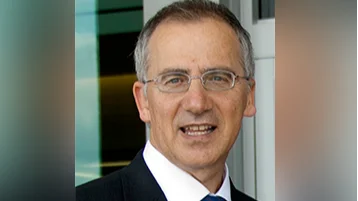
A team of researchers at UTHealth Houston has received a $3.1 million grant from the National Institute on Drug Abuse (NIDA), which is part of the National Institutes of Health, to develop a new treatment for cocaine addiction. The project aims to combine behavioral therapy with brain stimulation to address areas in the brain affected by addiction.
The study is led by co-principal investigators Joy M. Schmitz, PhD, professor and director of the Center for Neurobehavioral Research on Addiction; Heather Webber, PhD, assistant professor at the same center; and Elliot Hong, MD, director of the Houston Psychosis Research Center. They chose to focus on cocaine addiction due to the lack of FDA-approved medications for this condition.
"Cocaine addiction is a serious relapsing brain disorder with significant personal and public health consequences, yet effective treatment options remain limited,” said Schmitz. “Given recent advances in our understanding of its neurobiology, it is now critically important to leverage these insights to develop more effective, targeted interventions."
According to the 2022 National Survey on Drug Use and Health, about 1.4 million people in the United States are affected by cocaine use disorder. Current treatments rely mainly on behavioral therapies such as contingency management, which uses positive reinforcement to encourage behavioral change.
“Overall, contingency management works, but not perfectly and not for everyone,” Schmitz said. “This grant is focused on improving contingency management to achieve higher rates of responding.”
Over the next four years, researchers will use transcranial magnetic stimulation (TMS), a technique that uses magnetic pulses to target specific brain circuits linked to addiction, particularly the lateral prefrontal cortex and anterior insula. The goal is to enhance contingency management therapy with this neuromodulation approach.
The study will enroll 130 individuals diagnosed with cocaine use disorder. All participants will receive contingency management therapy during the first four weeks. Those who do not respond—estimated at about two-thirds based on previous research—will then undergo eight weeks of TMS alongside continued behavioral therapy.
The TMS device used in the study is designed like a helmet to reach deeper brain regions.
“The most exciting part is now there are newer technologies and techniques that can target those brain circuits that have been dysregulated and improve them in a way that might lead to better outcomes,” Schmitz said.
The project is funded under award number 1U01DA064181-01 from NIDA.